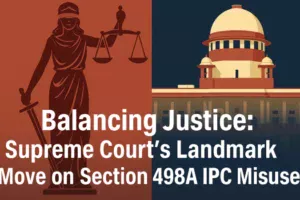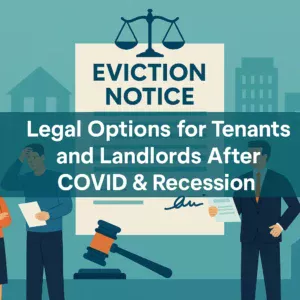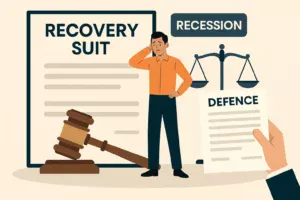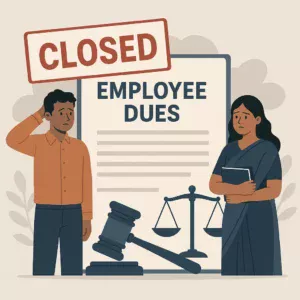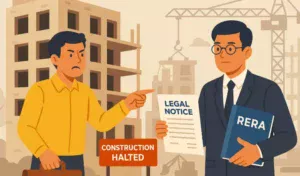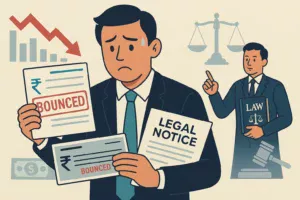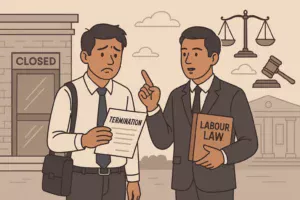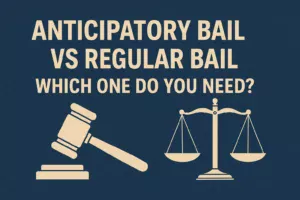In this article we have discussed about Navigating the Legalities of Drone Use in India.
Navigating the Legalities of Drone Use in India: A Comprehensive Guide
Introduction
In recent years, drones have surged in popularity across India, finding applications in a myriad of sectors such as agriculture, photography, surveillance, and delivery services. However, the increasing use of drones also brings to light the need for comprehensive regulations to ensure safety, privacy, and security. This guide aims to navigate the complexities of drone laws in India, helping drone operators understand the legal framework and comply with the regulations set forth by the Directorate General of Civil Aviation (DGCA).
Understanding Drone Regulations in India
The DGCA is the primary regulatory body overseeing drone operations in India. In August 2021, the DGCA introduced the Unmanned Aircraft System (UAS) Rules, 2021, which laid down the legal framework for the operation of drones in the country.
Categories of Drones and Registration Requirements
Drones in India are classified based on their maximum all-up weight, including categories like Nano (less than or equal to 250 grams), Micro (more than 250 grams and less than or equal to 2 kilograms), Small (more than 2 kilograms and less than or equal to 25 kilograms), Medium (more than 25 kilograms and less than or equal to 150 kilograms), and Large (more than 150 kilograms).
Except for Nano drones, all other categories require registration with the DGCA. Operators must obtain a Unique Identification Number (UIN) for their drones, ensuring they meet the necessary technical standards.
Permissions and Licenses for Drone Operations
To legally operate a drone in India, operators must secure several permissions, including:
- Unmanned Aircraft Operator Permit (UAOP): Required for operating drones in the Micro category and above for commercial purposes.
- Remote Pilot License (RPL): Necessary for individuals piloting drones in the Micro category and above.
- Permission for Aerial Work (PAW): Needed for specific operations such as aerial photography, agricultural spraying, etc.
No-Fly Zones and Operational Restrictions
The UAS Rules, 2021, also define no-fly zones, including areas near airports, international borders, military installations, and strategic locations. Drone operations in these areas require special permission from the DGCA or relevant authorities.
Steps to Legal Drone Operation in India
Ensuring compliance with the legal requirements for drone operations in India involves several steps:
Registration and Certification
- Register the drone with the DGCA to obtain a UIN.
- Ensure the drone is compliant with the DGCA’s technical requirements.
Obtaining Necessary Permissions
- Apply for a UAOP if operating drones for commercial purposes.
- Secure a Remote Pilot License (RPL) for piloting drones in regulated categories.
- Get Permission for Aerial Work (PAW) for specific drone activities.
Adhering to Operational Guidelines
- Follow the operational guidelines outlined by the DGCA, including flying within the visual line of sight, adhering to altitude restrictions, and avoiding no-fly zones unless permission is granted.
Legal Consequences of Non-Compliance
Failing to comply with the UAS Rules, 2021, can lead to significant legal consequences, including fines, confiscation of drones, and even imprisonment for serious violations. It is crucial for drone operators to stay updated with the latest regulations and ensure all necessary permissions and licenses are in place before commencing drone operations.
Conclusion
Navigating the legalities of drone use in India is essential for ensuring safe and responsible drone operations. By understanding the regulatory framework set by the DGCA, registering drones, obtaining the necessary permissions, and adhering to operational guidelines, drone operators can leverage the benefits of drone technology while minimizing risks and ensuring compliance with Indian law.
FAQ on Navigating the Legalities of Drone Use in India
1. What authority regulates drone operations in India?
The Directorate General of Civil Aviation (DGCA) is responsible for regulating drone operations in India.
2. Do I need to register my drone in India?
Yes, all drones except those in the Nano category (less than or equal to 250 grams) must be registered with the DGCA to obtain a Unique Identification Number (UIN).
3. What is a Unique Identification Number (UIN)?
A UIN is a unique number issued by the DGCA for the identification of a drone in India. It is mandatory for all drones except Nano drones.
4. Are there any specific categories for drones in India?
Yes, drones are categorized based on their weight into Nano, Micro, Small, Medium, and Large.
5. Do I need a license to operate a drone in India?
If you are operating a drone in the Micro category or above for commercial purposes, you need to obtain a Remote Pilot License (RPL).
6. What is a Unmanned Aircraft Operator Permit (UAOP)?
A UAOP is a permit required for commercial operations of drones in the Micro category and above. It is issued by the DGCA.
7. Can I fly my drone anywhere in India?
No, there are designated no-fly zones where drone operations are restricted, such as near airports, international borders, and military installations.
8. How can I apply for a UAOP?
You can apply for a UAOP through the Digital Sky Platform, the official portal provided by the DGCA for drone regulation compliance.
9. Is it mandatory to have insurance for operating a drone in India?
Yes, drone operators are advised to have third-party liability insurance to cover any damage caused by their drone operations.
10. What is Permission for Aerial Work (PAW)?
PAW is permission required for conducting specific aerial work such as aerial photography, surveying, and agricultural spraying.
11. Can I fly a drone for recreational purposes without a license?
Yes, drones in the Nano category can be flown up to 50 feet without a license. For higher categories, regulations may apply even for recreational use.
12. What happens if I fly a drone without registration?
Flying an unregistered drone (except for Nano drones) can result in penalties, including fines and legal action.
13. Are drones allowed near historical monuments?
Drones are generally not allowed near historical monuments without specific permission from the Archaeological Survey of India (ASI).
14. Can I fly a drone at night?
Flying drones at night requires special permission from the DGCA, along with adherence to specific safety measures.
15. How do I report a lost drone?
Report a lost drone to the nearest police station and notify the DGCA through the Digital Sky Platform.
16. What are the penalties for violating drone regulations in India?
Penalties can include fines, confiscation of the drone, and in severe cases, imprisonment.
17. Can I operate a drone near residential areas?
Operating a drone near residential areas is subject to privacy laws and local regulations. Prior permission may be required.
18. How do I renew my UAOP?
UAOP renewal can be done through the Digital Sky Platform, before the expiry of the current permit.
19. What documents are required for drone registration?
Documents typically include proof of ownership, specifications of the drone, and personal identification of the operator.
20. Is it legal to fly a drone over private property in India?
Flying a drone over private property without the owner’s consent can be considered trespassing.
21. How long does it take to obtain a UIN?
The processing time can vary, but it generally takes a few weeks after submitting all required documentation.
22. Can foreign nationals operate drones in India?
Foreign nationals may operate drones in India but must comply with all DGCA regulations, including obtaining a UIN and UAOP.
23. Are there any age restrictions for operating drones in India?
Yes, to obtain a Remote Pilot License (RPL), the applicant must be at least 18 years old.
24. Can drones carry payloads in India?
Drones can carry payloads, but there are restrictions based on the drone’s category and specific permissions may be required.
25. How do I obtain permission for aerial photography or filming?
Apply for Permission for Aerial Work (PAW) through the Digital Sky Platform, specifying the nature of the aerial work.
26. What is the maximum altitude for flying a drone in India?
The maximum altitude varies by drone category but is generally restricted to 400 feet above ground level for most categories.
27. Can drones be used for delivery services in India?
Drone deliveries are subject to specific trials and regulations. Operators must obtain necessary permissions from the DGCA.
28. What is the Digital Sky Platform?
The Digital Sky Platform is an online system introduced by the DGCA for drone registration, obtaining permissions, and regulatory compliance.
29. Are there any specific safety guidelines for operating drones?
Yes, operators must follow safety guidelines such as maintaining a visual line of sight, not flying over crowds, and adhering to weather conditions.
30. How can I stay updated with the latest drone regulations in India?
Regularly check the DGCA website and the Digital Sky Platform for the latest updates on drone regulations and guidelines.

